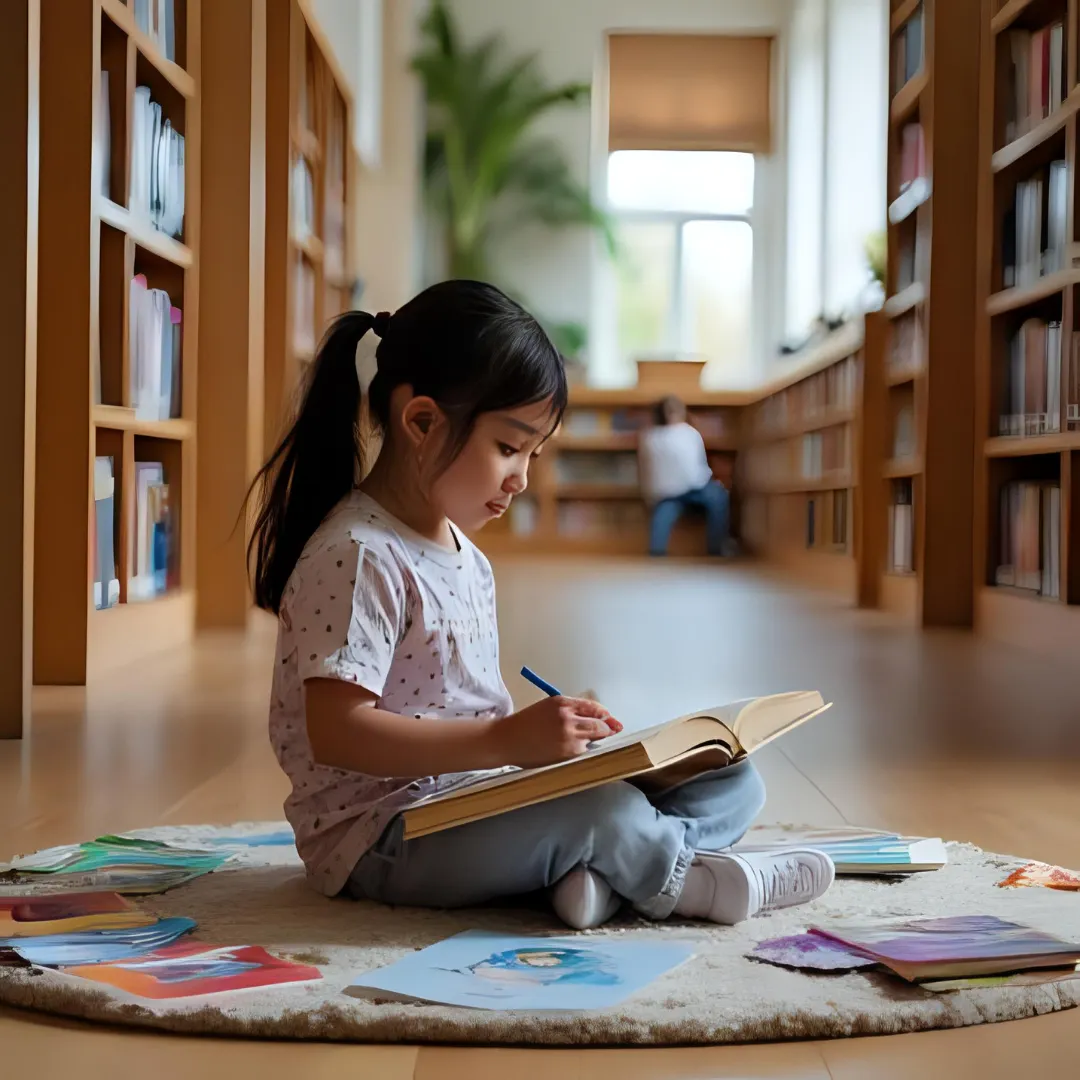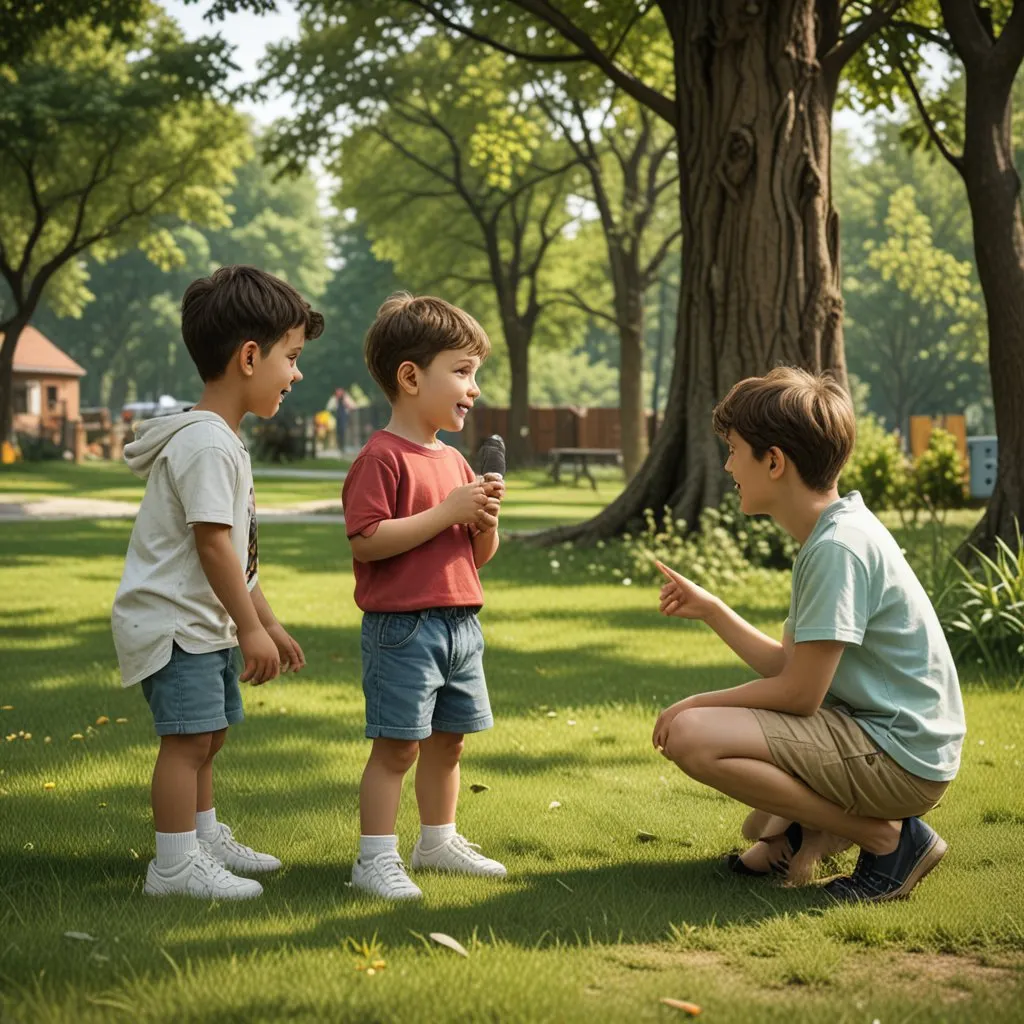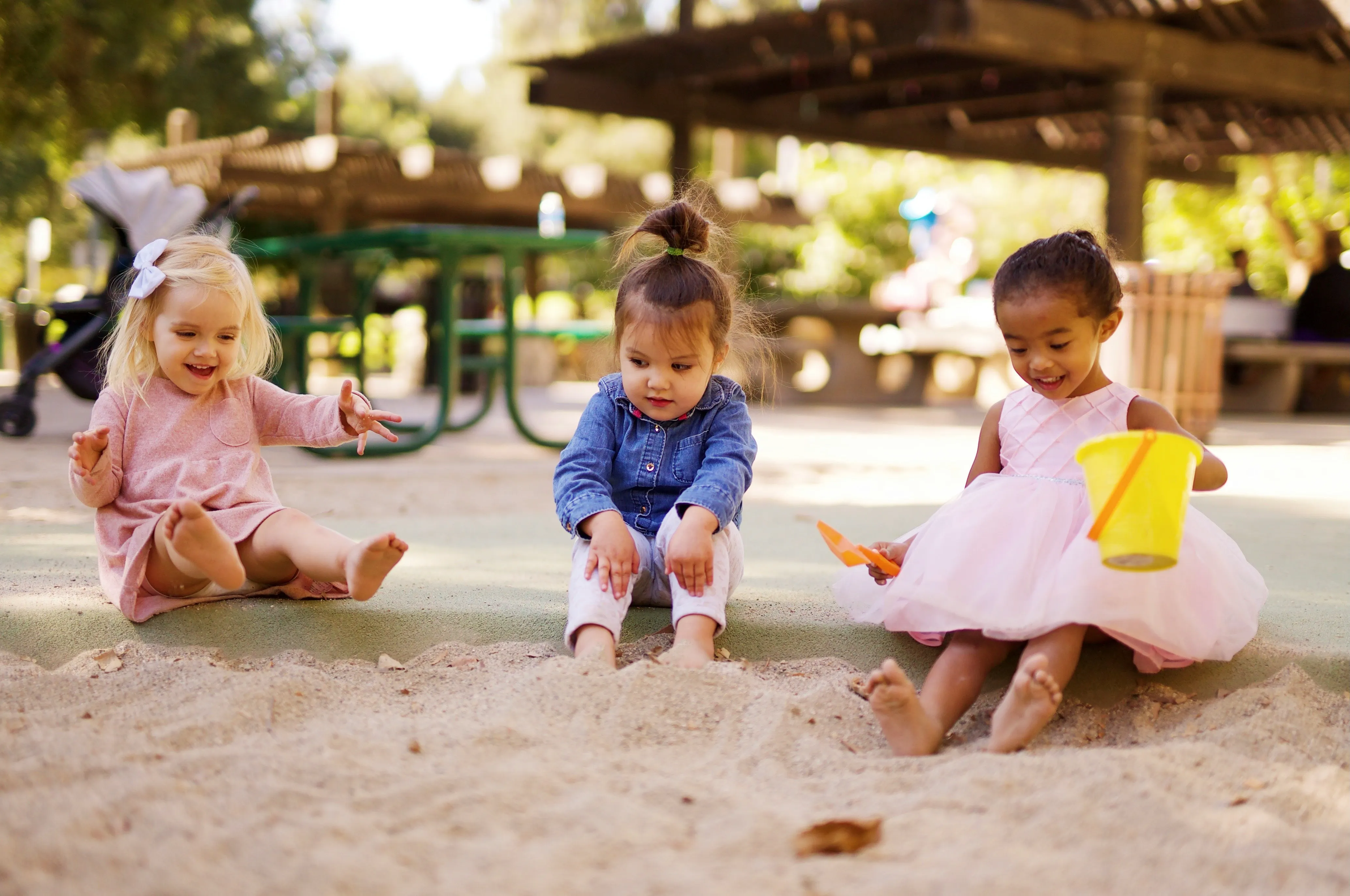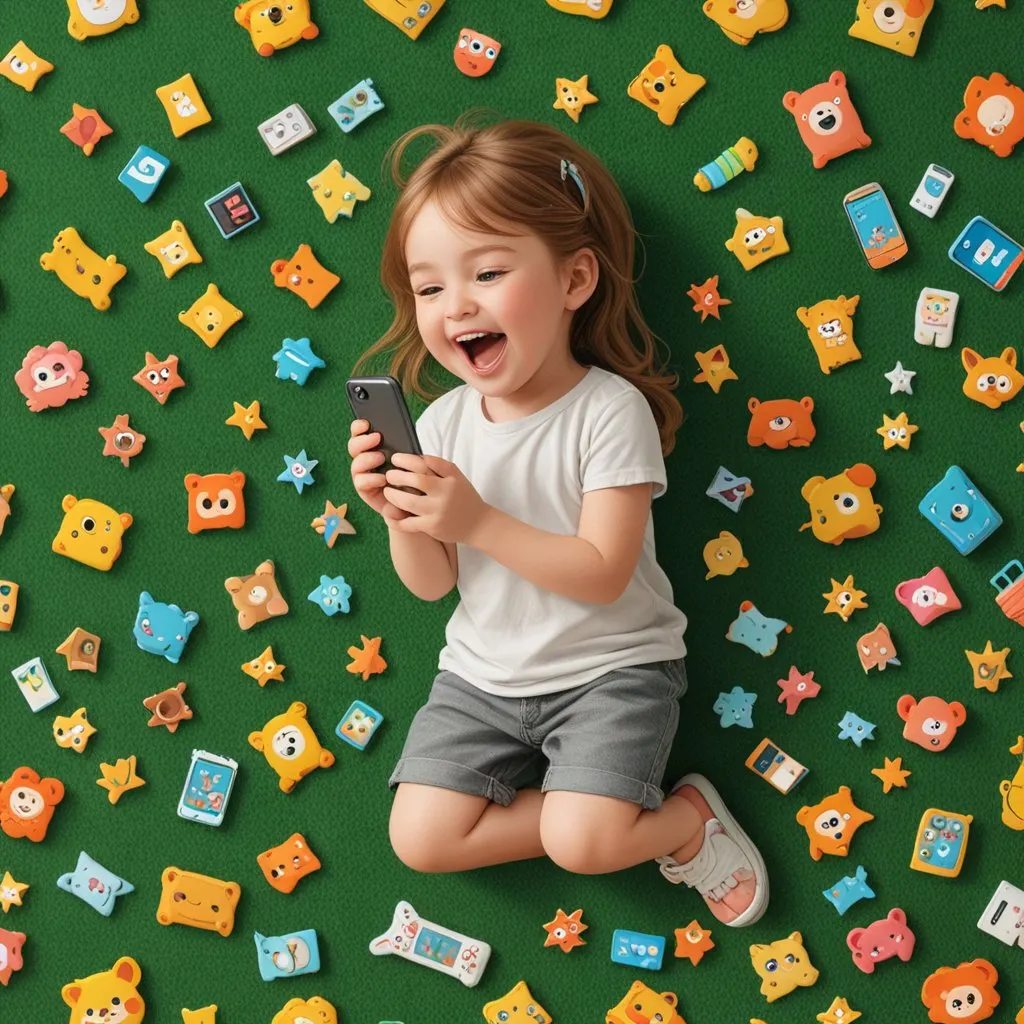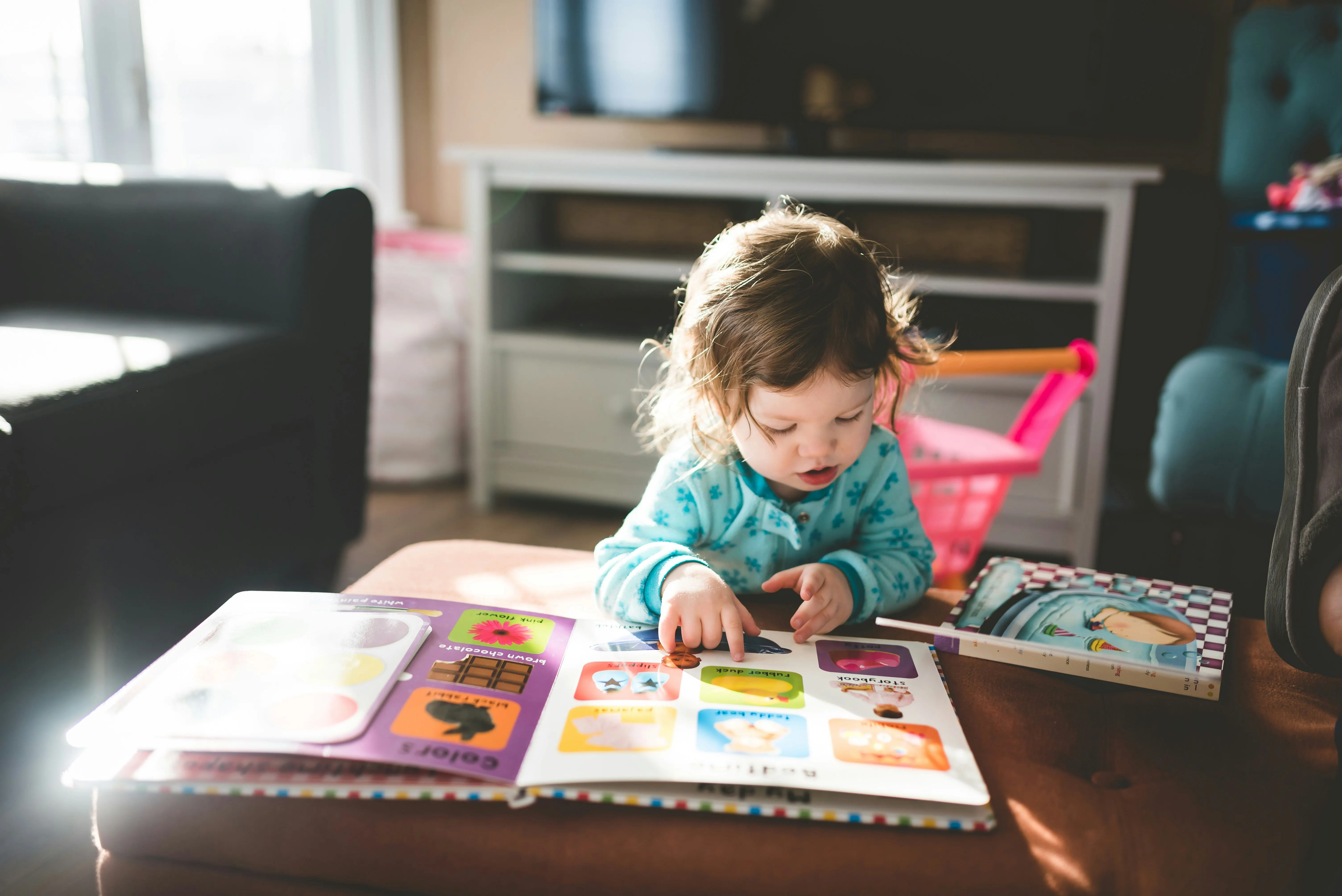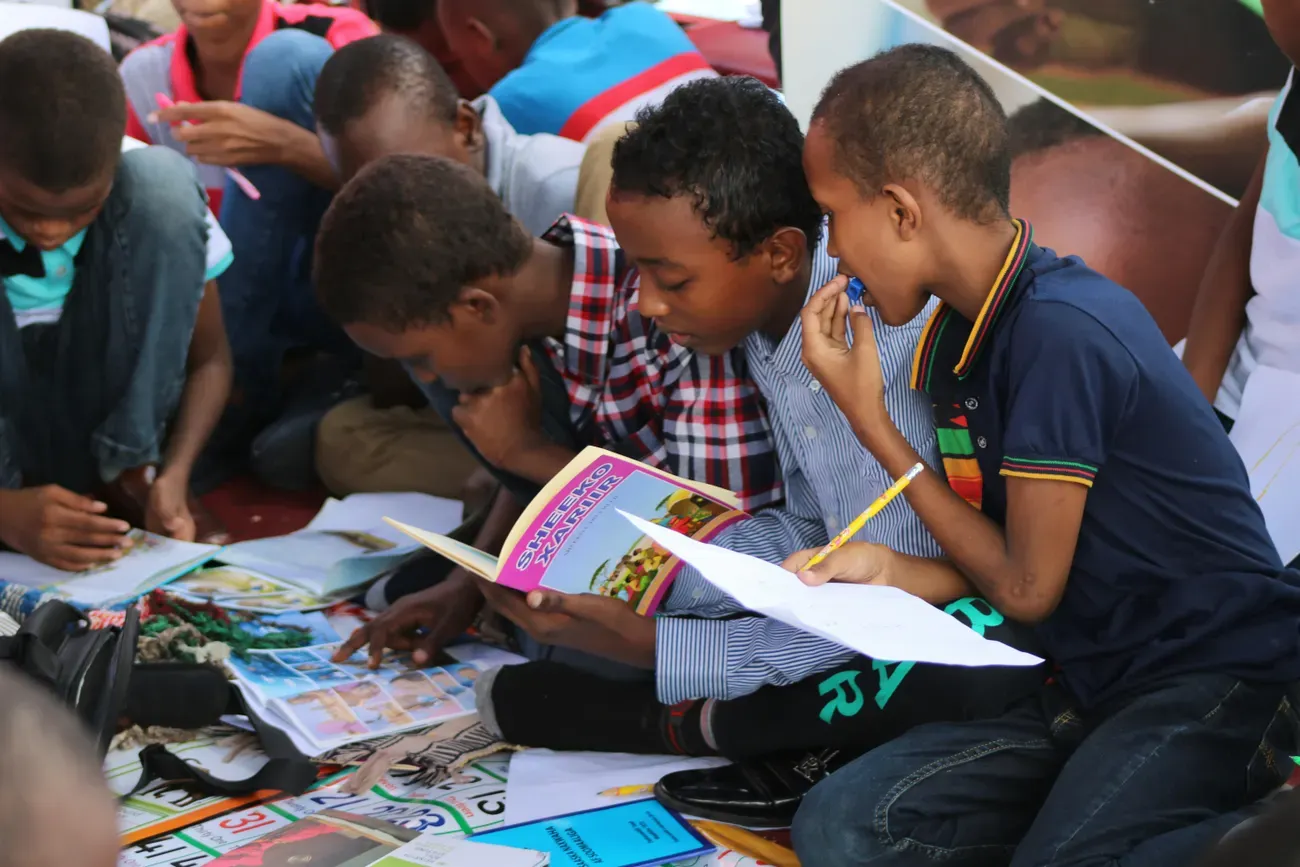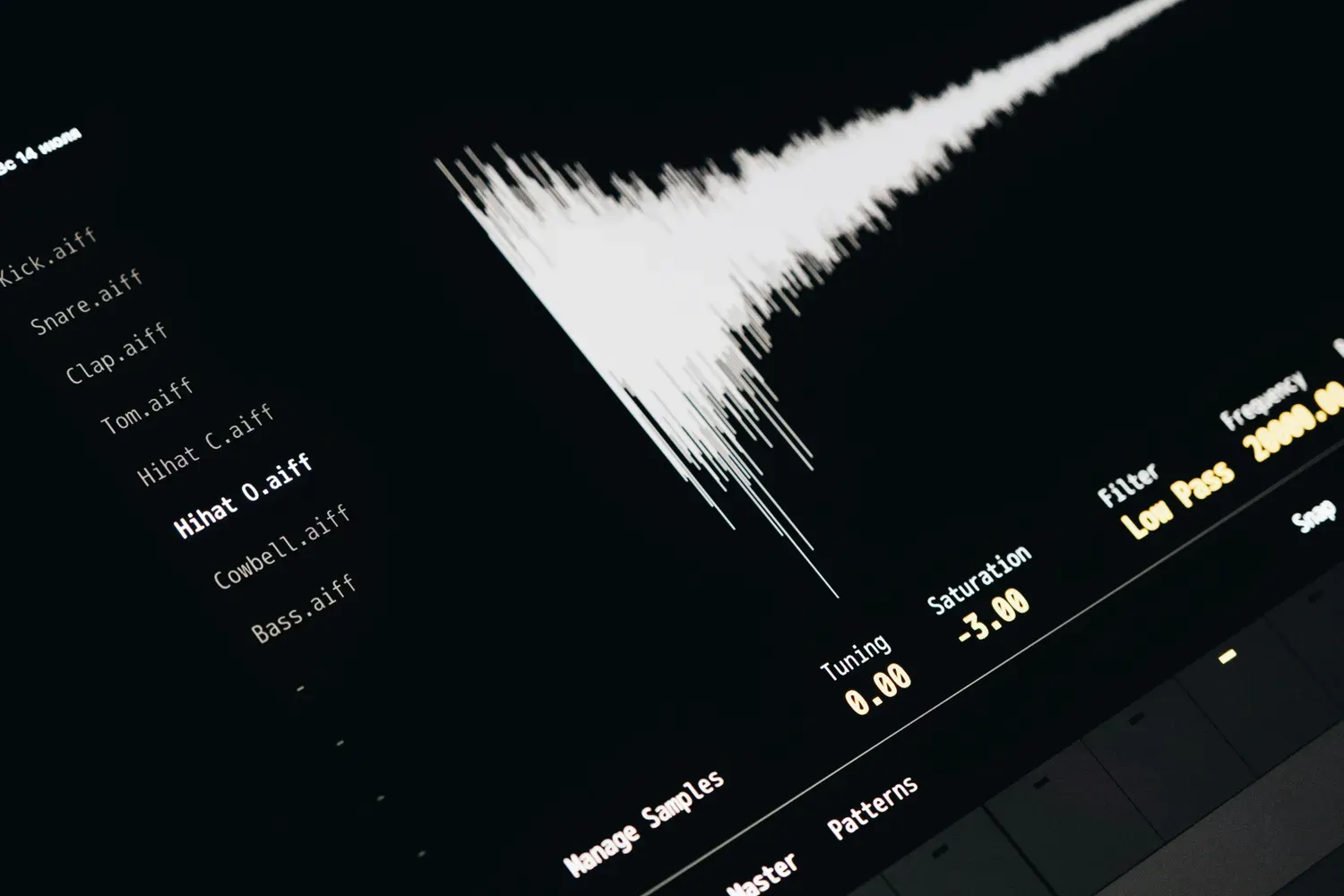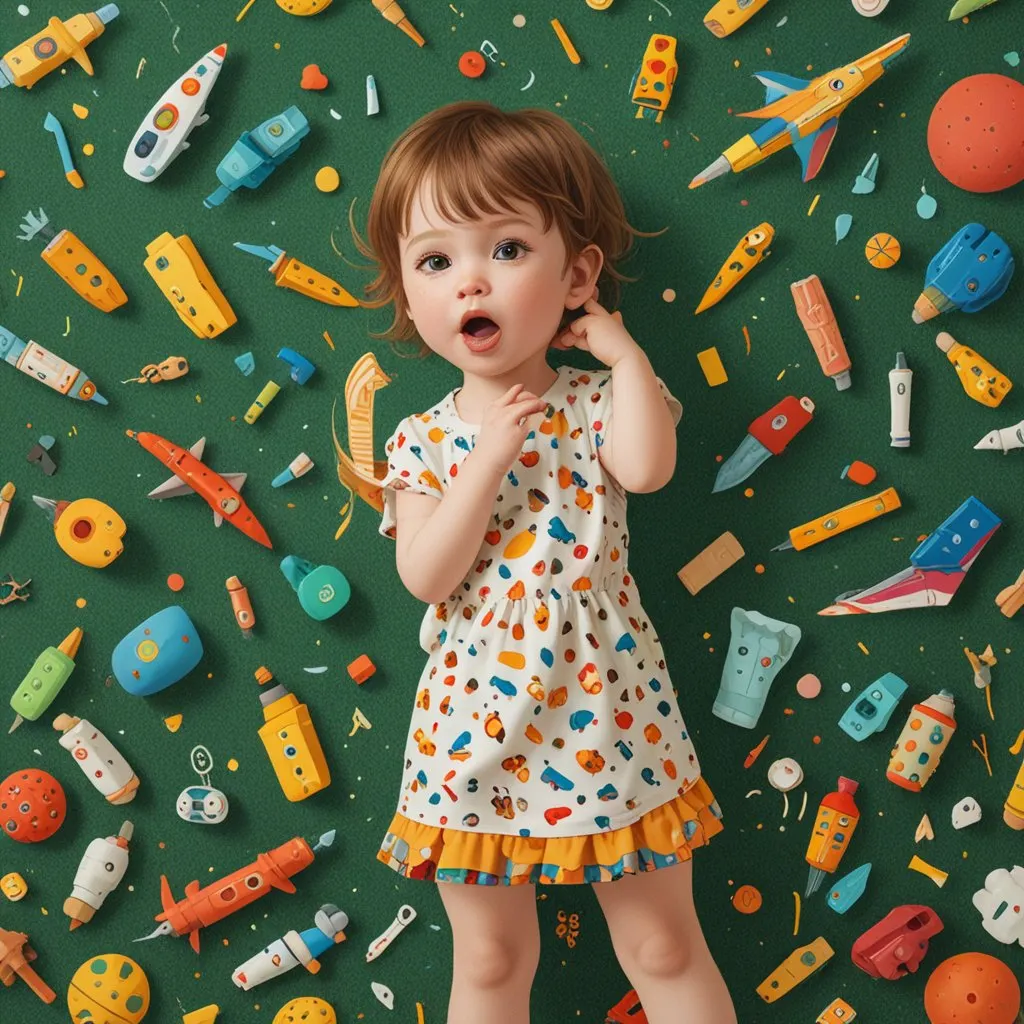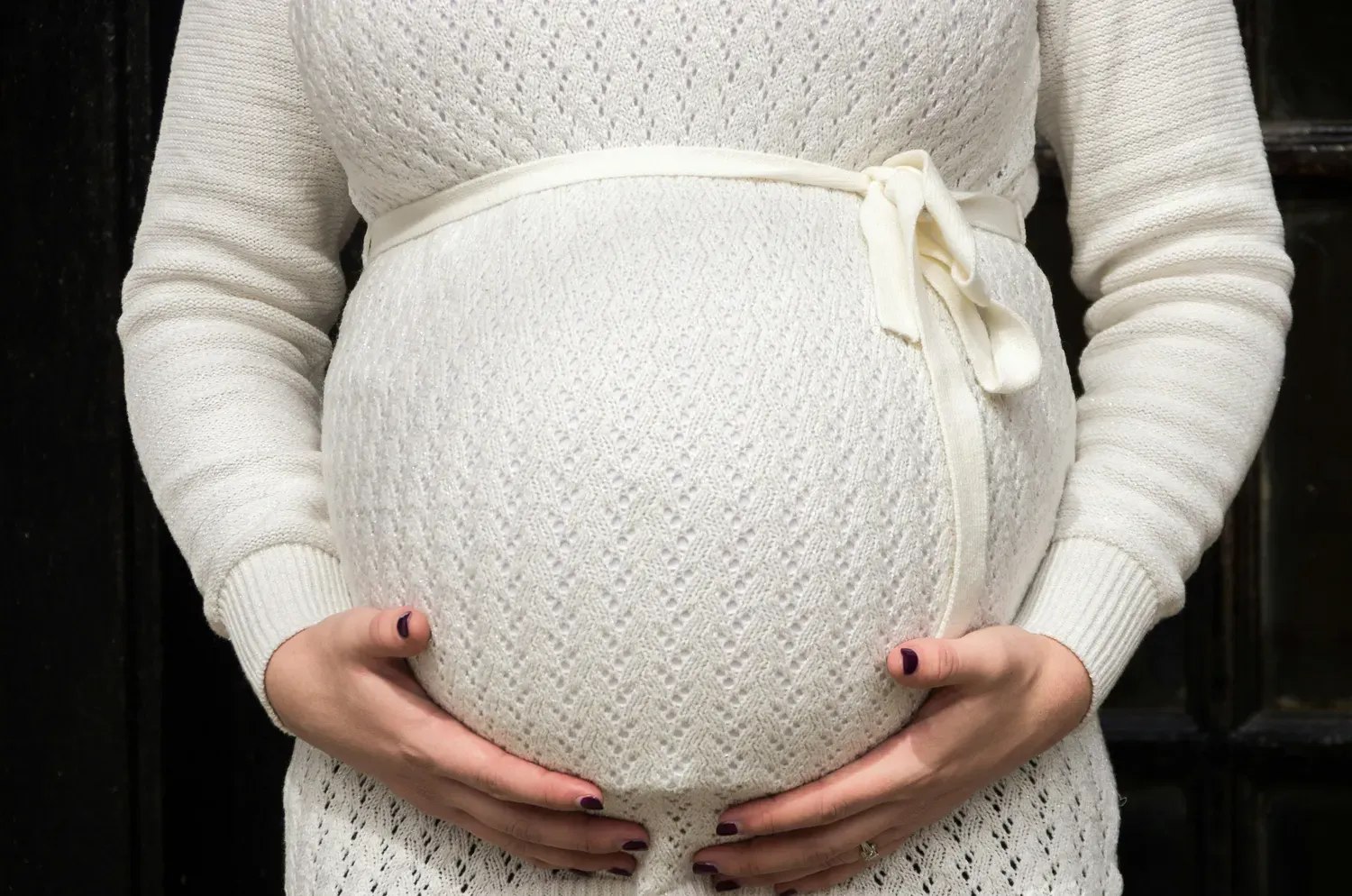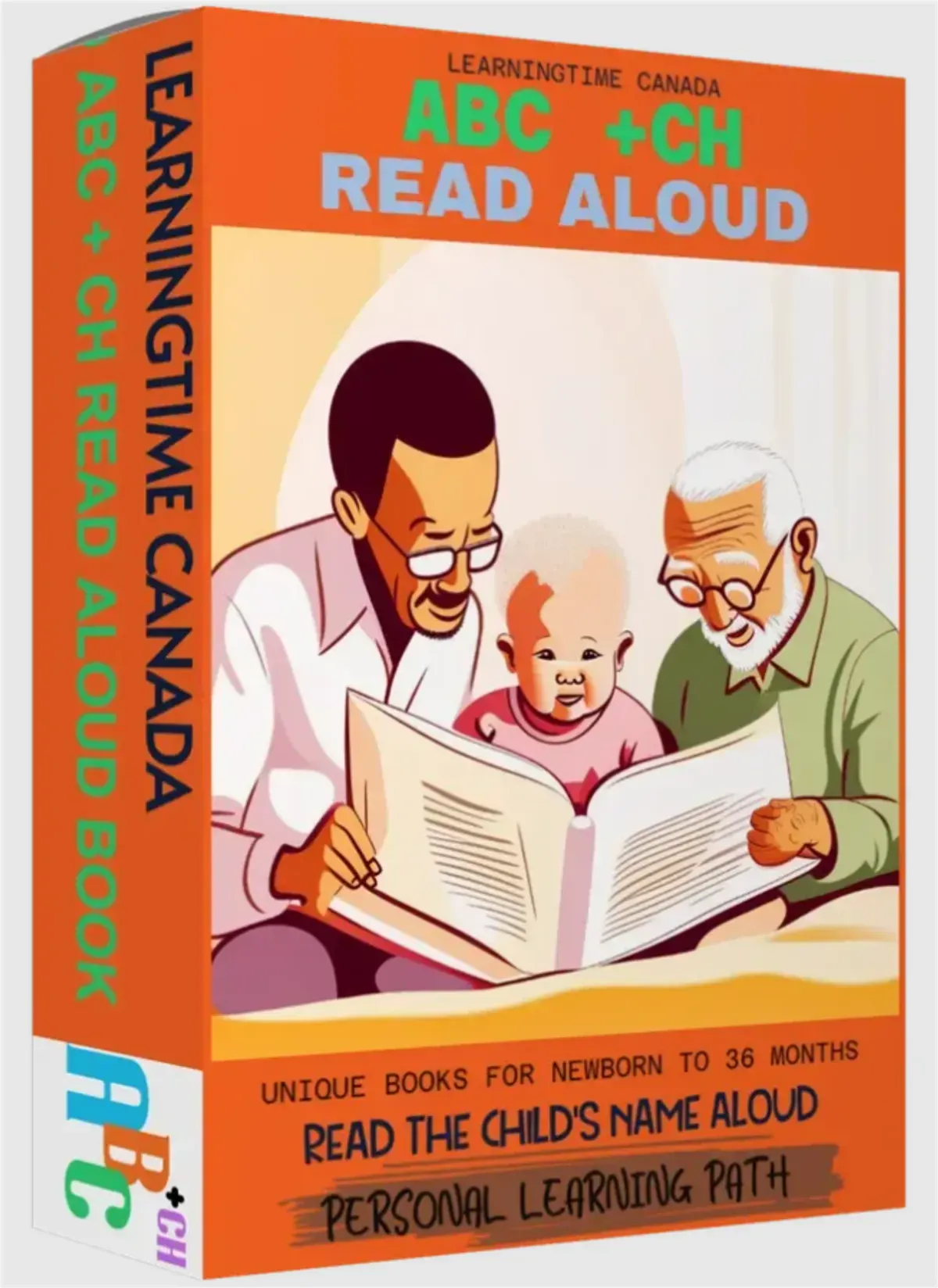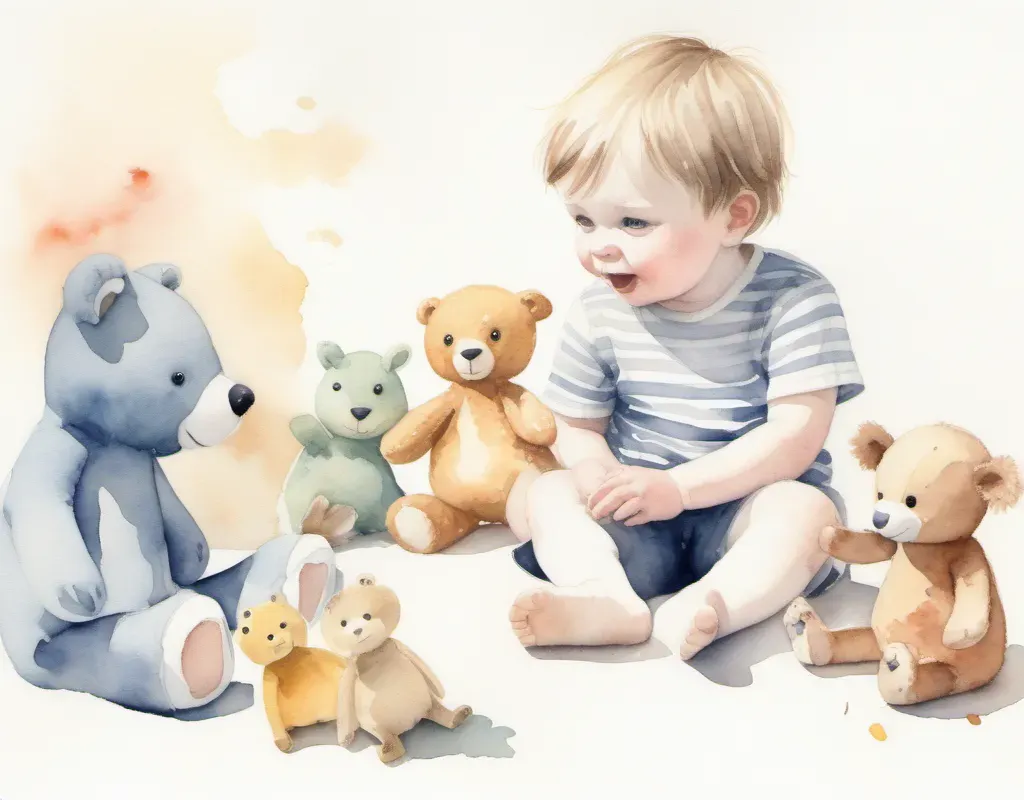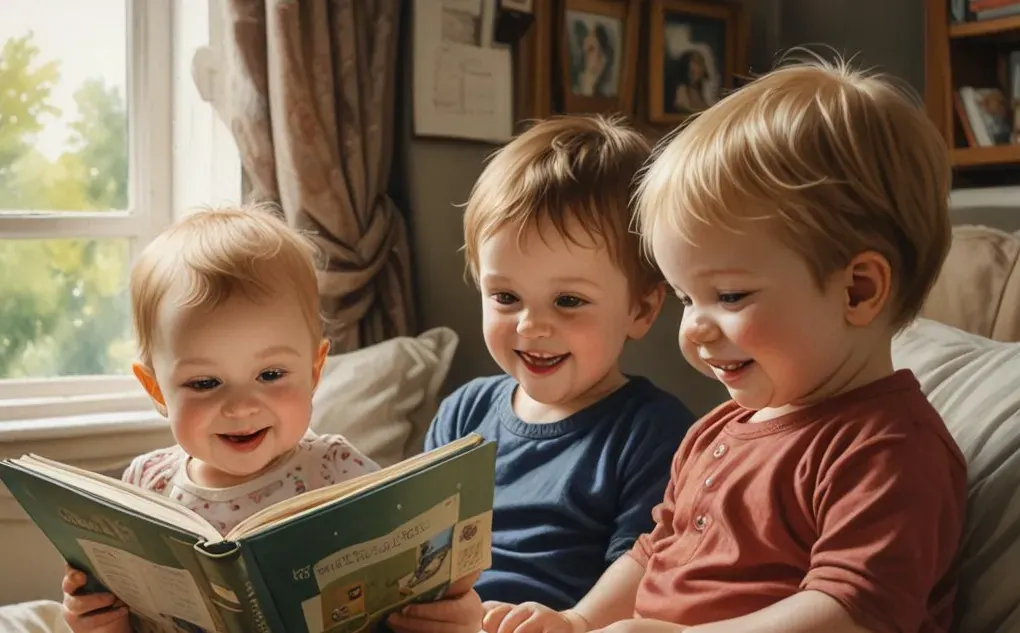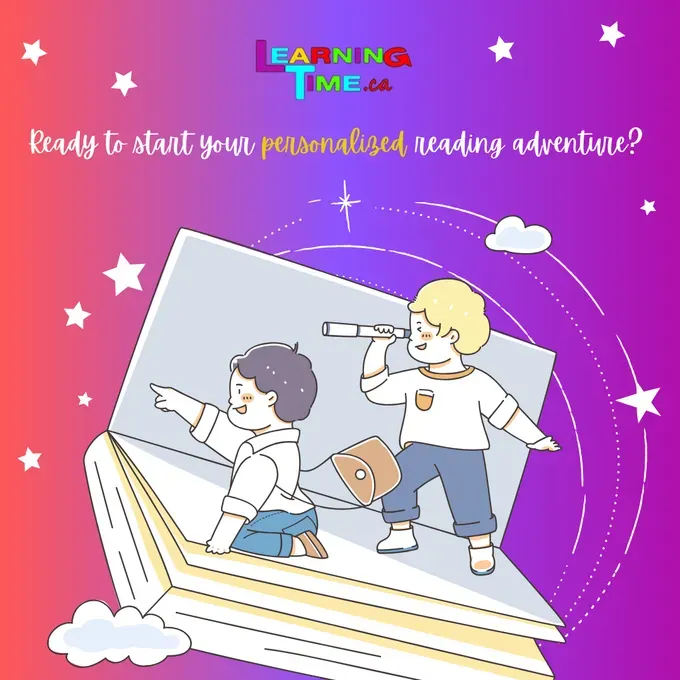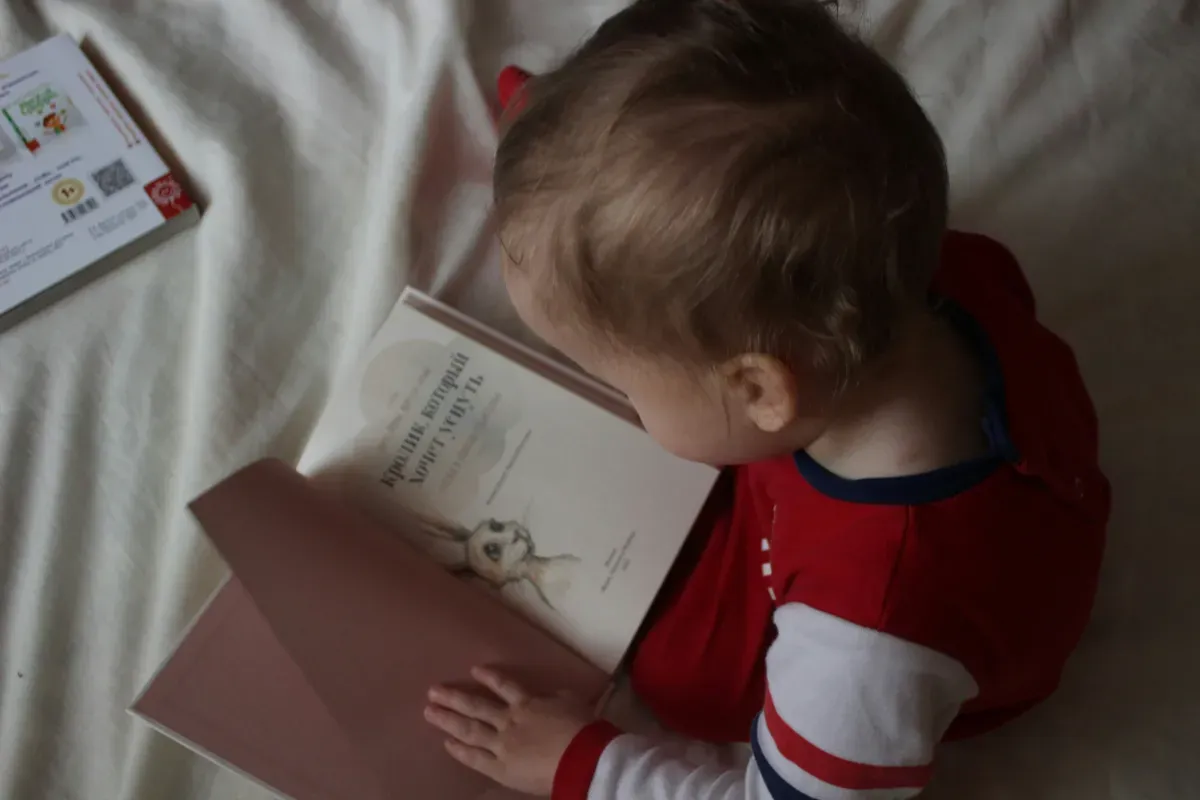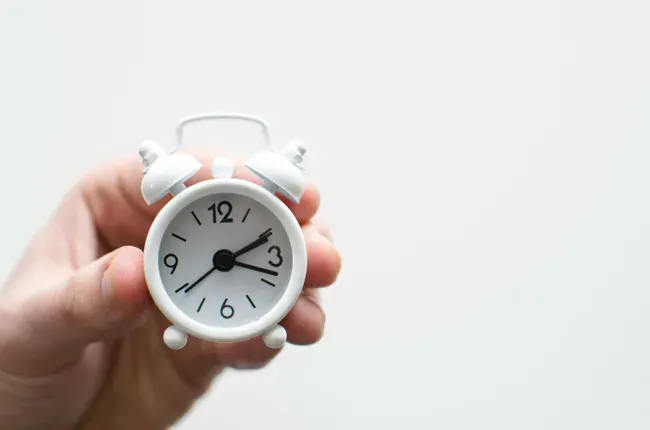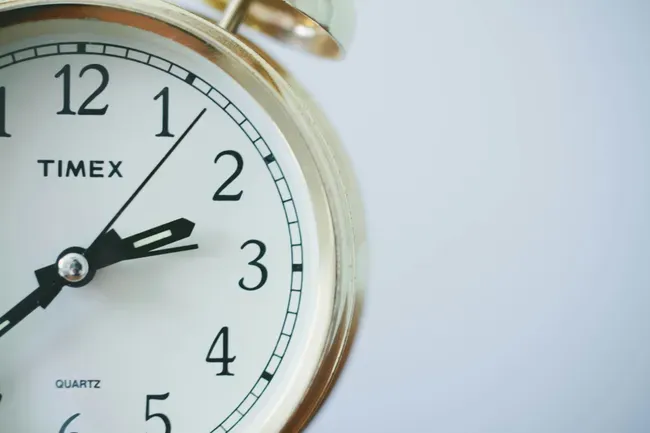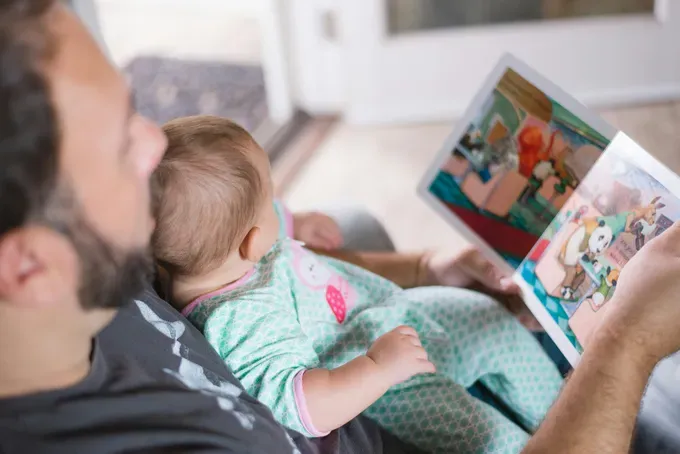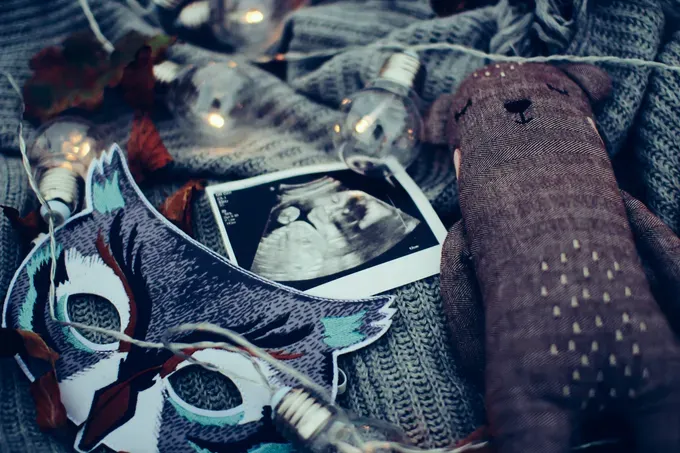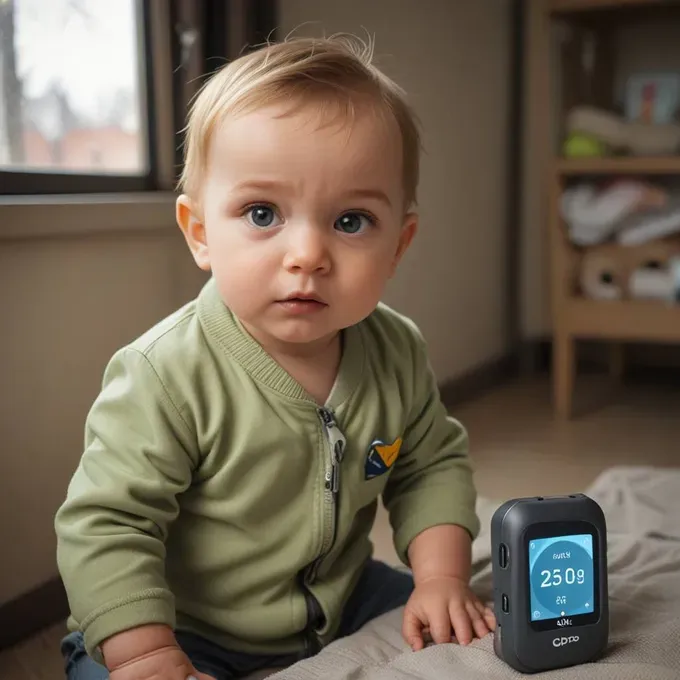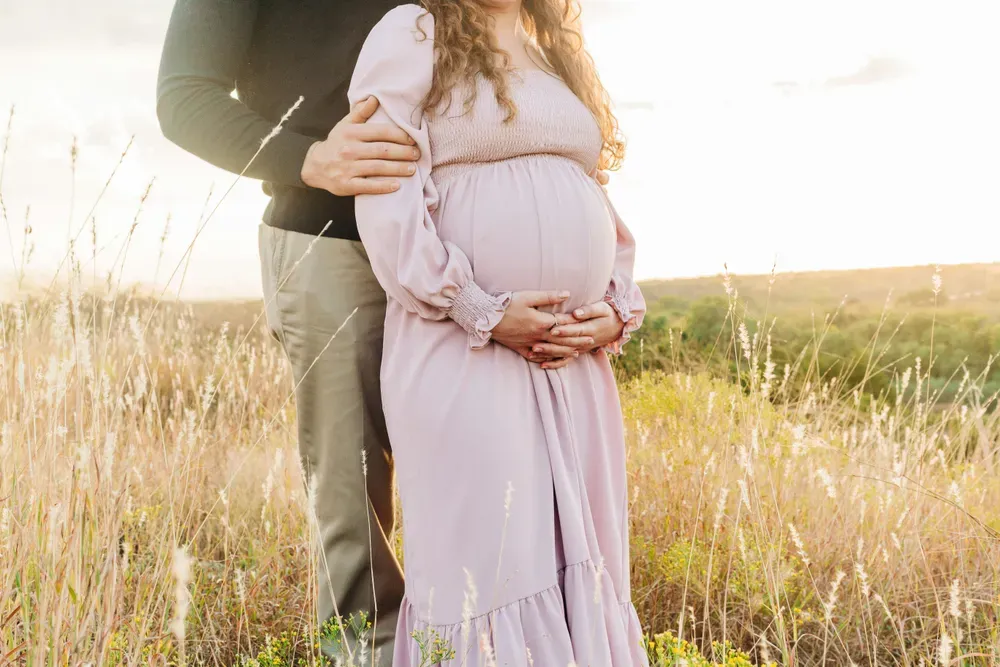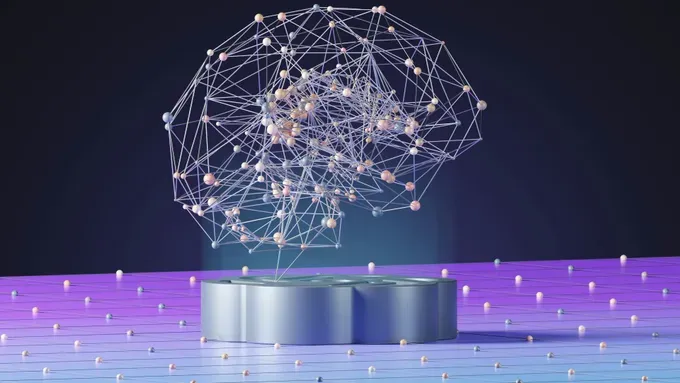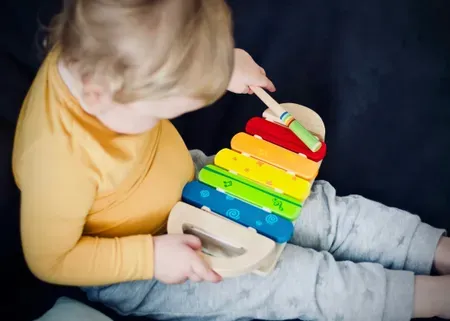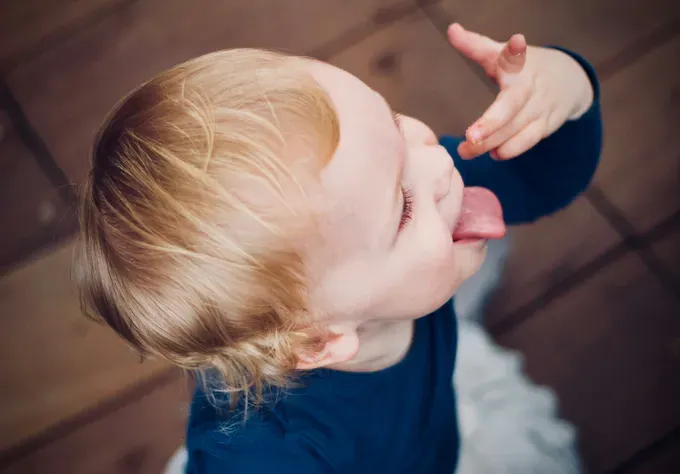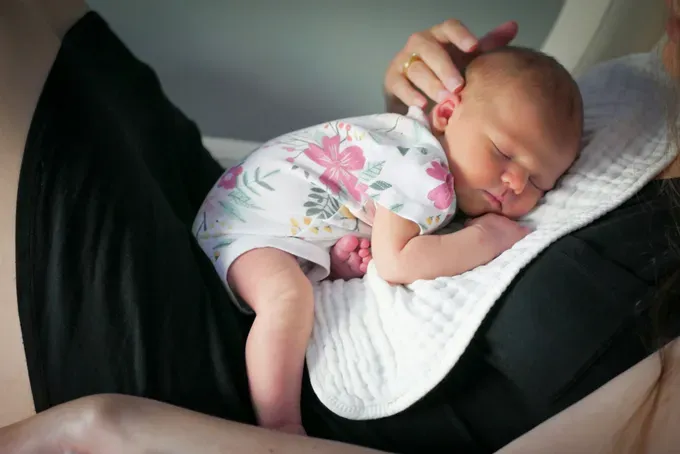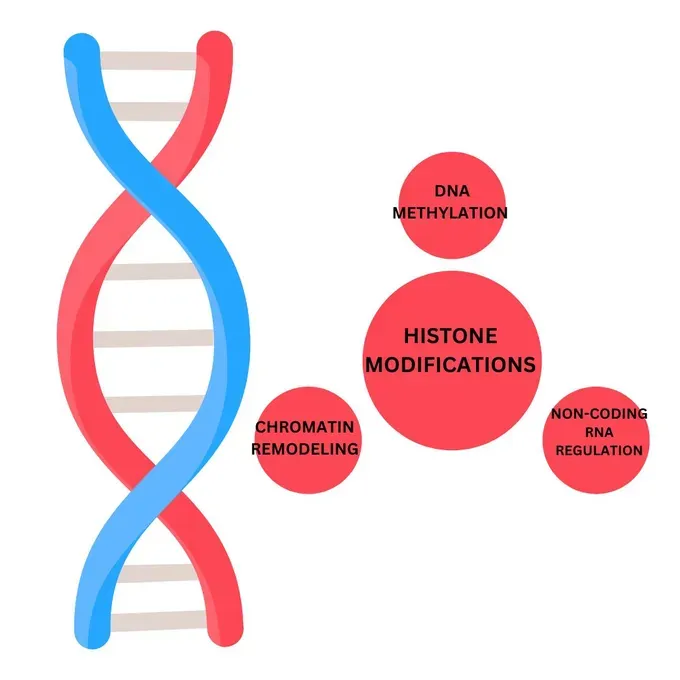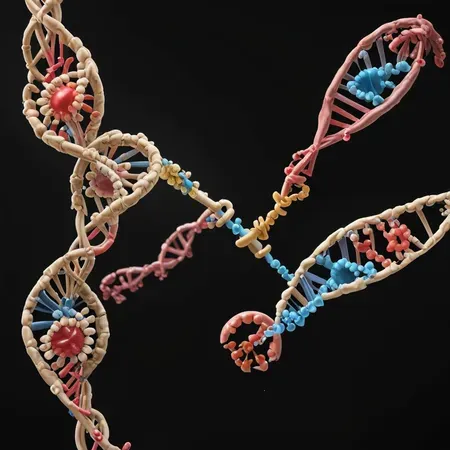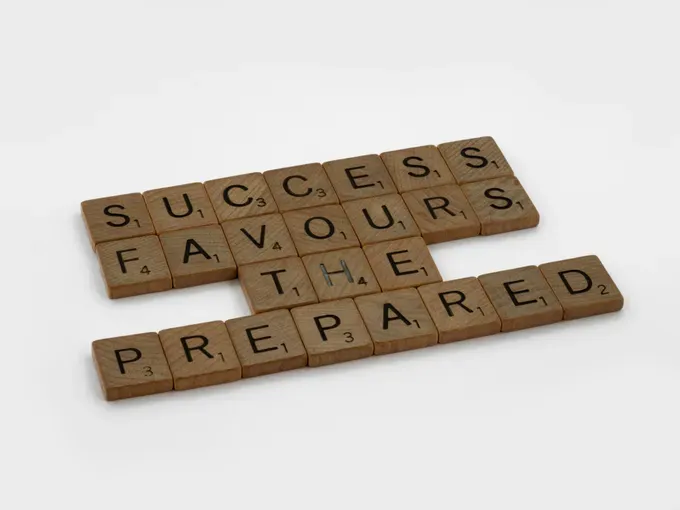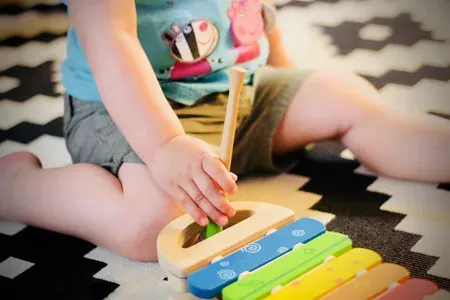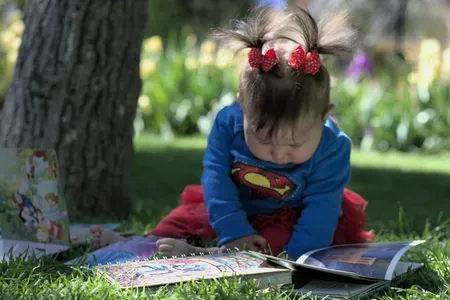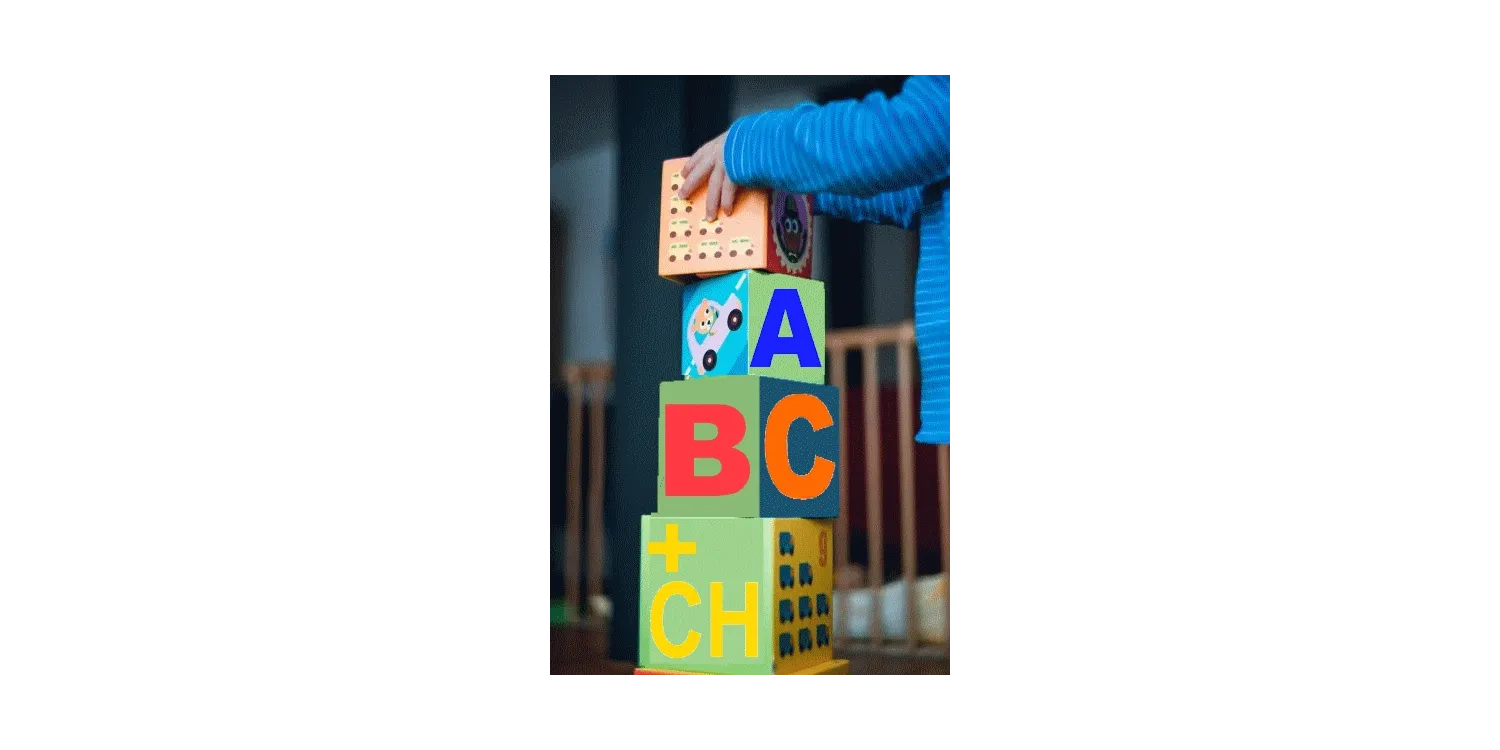Enhance Parent-Child Bonding with Baby Talk Techniques
Key Highlights
- Baby talk, also called infant-directed speech (IDS), is very important in a child’s early growth. It helps build language skills and strengthens the bond between a parent and child.
- Baby talk is known for its higher pitch and expressive tone. This type of talking grabs a baby's attention and helps them understand language better.
- This blog looks at the science of baby talk, useful methods to use it, and its effects on brain development. It also discusses cultural differences in baby talk.
- You will learn how to use baby talk to help your child learn vocabulary faster, improve communication skills, and strengthen your connection as a parent.
- We will answer common questions about how baby talk affects language development.
Introduction
Have you ever noticed yourself using a fun voice and big facial expressions when talking to a baby? This natural behaviour is called baby talk or infant-directed speech (IDS). It is very important for a young child's language skills and cognitive development. Baby talk is not just silly sounds; it helps them learn language and builds a strong emotional bond between parent and child.
The Science Behind Baby Talk
 Scientific studies show that babies prefer baby talk over regular adult speech. The higher pitch, slower pace, and special intonation of baby talk grab their attention better. This is important because it helps babies understand the sounds and rhythms of language, which is key for their language development.
Scientific studies show that babies prefer baby talk over regular adult speech. The higher pitch, slower pace, and special intonation of baby talk grab their attention better. This is important because it helps babies understand the sounds and rhythms of language, which is key for their language development.
Also, brain scans have shown that baby talk activates parts of an infant's brain linked to language processing and social interaction. When babies hear baby talk, these areas light up, showing they are more engaged and learning. This shows how important baby talk is for early brain development. It helps form key neural pathways that children will use for the rest of their lives.
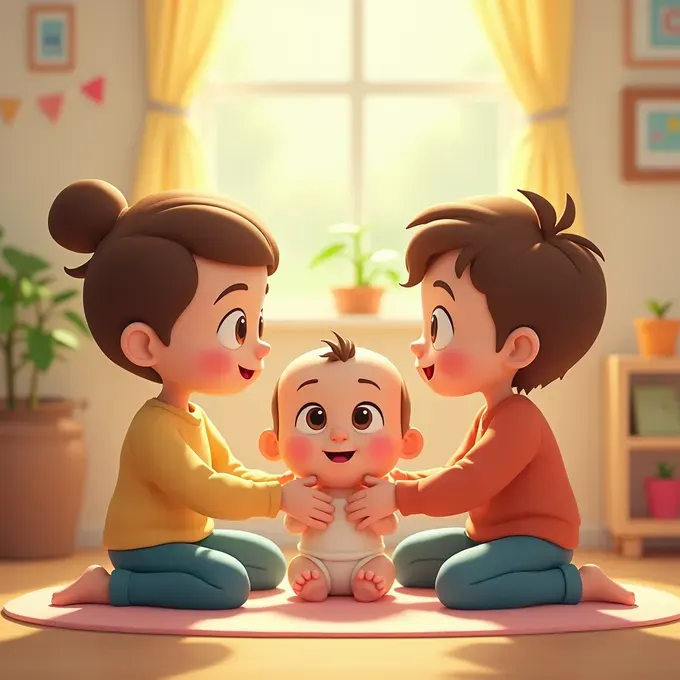
Understanding the Basics of Baby Talk
Baby talk is more than just cute nicknames and silly sounds. It should involve parts that help babies learn language. Effective baby talk uses a slow speed, short sentences, and clear speech.
One key feature is focusing on speech sounds. When parents exaggerate vowel sounds and pronounce consonants clearly, it helps babies tell different sounds apart. For example, emphasizing the "ahh" sound in "apple" helps your baby's brain notice and understand that sound.
It's also very important to use real words and correct grammar, even when making it simple. Instead of saying "doggy go woof," say "The doggy says woof!" This small change helps babies learn proper grammar and how sentences are put together. It lays a strong foundation for their growing minds.
The Impact of Baby Talk on Early Childhood Development
The benefits of baby talk go beyond just learning to speak. This special way of talking strengthens the bond between parent and child. The warm tone of voice helps the baby feel safe and loved, building trust and attachment.
Baby talk also encourages social interaction. When parents reply to their baby's sounds as if they are having a real conversation, babies learn how to take turns. This skill is important for communication and helps kids connect better as they grow.
Baby talk is especially helpful for babies with developmental delays or hearing loss. The slower and louder sounds help these babies understand better. By changing how they talk, parents can make it easier for their babies to engage and learn language, even when there are challenges.
Techniques for Effective Baby Talk
Now that we know the benefits backed by science, let’s look at some simple ways to use baby talk in your daily life. Keep in mind that doing this consistently is important. The more you use these methods with your baby, the better their language development and overall communication skills will be.
Make eye contact with your baby and smile. Make sure your facial expressions match what you say. Babies are very good at noticing visual signals, and showing similar expressions helps them learn about emotions and link facial cues with language. For example, you can widen your eyes with excitement when singing a song or have a gentle expression when calming them down. Your face is an important tool for their language learning.
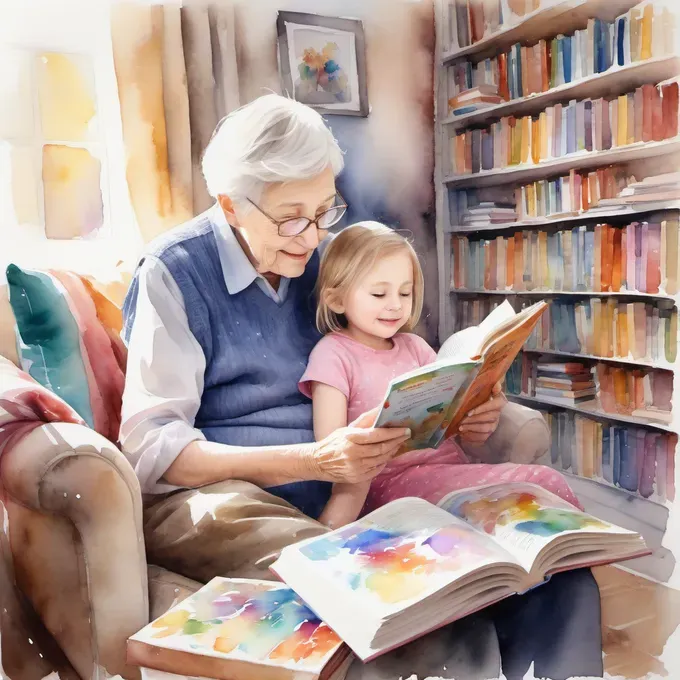
Tone and Pitch: How They Matter
Remember that sing-song voice we discussed? It's not just for being cute. It is very important for language acquisition. Famous neuroscientist Patricia Kuhl, known as the "baby whisperer," says we should use a higher pitch and a bigger range of intonation when talking to babies.
This change in pitch helps babies tell apart different sounds and notice patterns in speech, according to Kuhl's research. It’s similar to highlighting important words in a text. The higher pitch acts like a marker, catching the baby's attention on specific syllables and words. This makes it easier for them to process and remember them.
So, feel free to let your voice go high when you talk to your baby. Respond to their coos with excitement. Sing songs with energy and describe what you are doing in a lively way. Your baby's brain will take it all in. This helps build important connections that lead to language mastery.
Simplifying Language Without Losing Meaning
When you use baby talk, it is important to keep things simple but still meaningful. The aim is to catch your baby’s attention and help them understand, while also keeping sentences correct and clear.
Instead of using long, tricky sentences, try shorter, simpler phrases. For instance, instead of saying, "Would you like me to read you a story about a cute little bunny?", say, "Look! Bunny! Story!”. This way, you share information in a way that is easier for your baby’s developing brain to understand.
It’s nice to use baby talk sounds, but also remember to slowly add appropriate words over time. As your baby gets older, and their language skills grow, use new words in your chats. Talk simply about objects, actions, and feelings to help them learn.
Baby Talk Across Cultures
 Baby talk is not just found in one culture or place; it happens all over the world. The sounds and ways of speaking might change, but the main parts of baby talk, like a higher pitch and slower speed, stay the same. This shows that we might have a natural reason for this special way of talking.
Baby talk is not just found in one culture or place; it happens all over the world. The sounds and ways of speaking might change, but the main parts of baby talk, like a higher pitch and slower speed, stay the same. This shows that we might have a natural reason for this special way of talking.
Different cultures have their own styles of baby talk. Japanese mothers often use melodic tones, while Italian parents have a more rhythmic speech. These differences show how diverse human language is and how we all share the basic need to connect with and care for babies using unique speech.
Similarities in Baby Talk Techniques Worldwide
Research from the National Institute of Child Health and Human Development shows that baby talk is very similar across different cultures. Parents use a higher pitch, exaggerated intonation, and slower tempo when they talk to their babies, no matter where they are from.
This shows that baby talk is not just something we learn, but a natural response that is part of being human. Brain scans show that similar areas in the brain are active for both parents and babies during baby talk.
Also, studies have found that baby talk can help kids with developmental differences, like autism spectrum disorder. The exaggerated features of baby talk can make it easier for these children to focus, engage socially, and understand language better.
Cultural Variations and Their Significance
While there are universal similarities, baby talk also exhibits fascinating cultural variations. These differences, far from being insignificant, offer valuable insights into how language and culture intertwine to shape a child's cognitive development.
For instance, studies have shown that the specific sounds emphasized in baby talk vary across languages. These variations influence a baby's early phonetic perception, potentially impacting their ability to discriminate between sounds and acquire their native language's phonological rules.

"Tu es un beau bébé" (You are a beautiful baby)
Often uses repetition and rhyming words to engage the baby
These cultural nuances highlight the adaptability of baby talk, reflecting the specific linguistic features and cultural values of a community. By studying these variations, researchers gain valuable insight into the intricate relationship between language input, cognitive development, and cultural transmission.
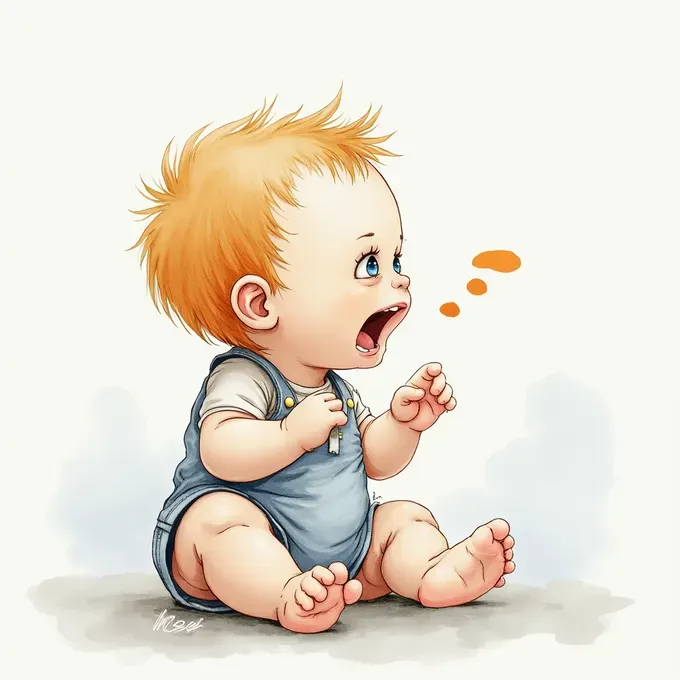
The Role of Baby Talk in Language Development
The role of baby talk in language development is very important. It is not just a sweet way to talk with your baby. It plays a key part in helping them develop language skills, literacy, and thinking abilities.
Baby talk acts like a stepping stone. It helps guide your child through learning to talk. By having fun and easy conversations with your baby, you are setting them up for success in how they communicate.
From Babbling to Words: The Transition Explained
Before babies can say their first words, they go through a stage called babbling. This is when they explore sounds by combining vowels and consonants in different ways. Baby talk is very important in turning these babbles into real speech.
When parents respond to their baby's babbling with excitement, it helps the baby explore and refine those sounds more. This back-and-forth sharing helps babies notice and learn the sounds in their native language. It encourages them to copy and produce those sounds, too.
Through baby talk, parents give their babies a lot of language input. They help connect sounds with words and things. By saying simple words like "mama," "dada," and "ball" while showing the actual objects or actions, parents help babies learn what those sounds mean. This leads to early vocabulary growth.
How Baby Talk Accelerates Vocabulary Acquisition
One of the biggest benefits of baby talk is that it helps babies learn new words quickly. Research shows that babies who hear more baby talk usually have bigger vocabularies. They also tend to develop their language skills faster than babies who hear less.
So, how does this work? Baby talk is different. It is slower, says words clearly, and highlights important words. This helps babies hear and understand words better. The use of facial expressions and hand movements adds to this. It gives babies extra visual clues that help them connect words with what they mean.
Every child grows at their own speed. However, if you are worried about your baby's language development, talk to a healthcare professional. Catching speech delays early can really help and could change the way your child learns to talk.
More Related Articles
Baby Talk 101: Teaching Your Baby to Talk Early
The First 36 Months: A New Parent Guide-lette
Early Childhood Literacy Skills Development Timeline: 0 to 36 Months
Enhancing Emotional Bonds Through Baby Talk
 Baby talk does more than help with language skills. It is a strong way to build the emotional bond between a parent and child. With the warmth in your voice, the attention in your gaze, and the gentleness in your touch, you create a caring and safe place for your baby to grow.
Baby talk does more than help with language skills. It is a strong way to build the emotional bond between a parent and child. With the warmth in your voice, the attention in your gaze, and the gentleness in your touch, you create a caring and safe place for your baby to grow.
These early moments help shape their emotional growth, building trust, safety, and connection. These things are important for forming healthy relationships for the rest of their lives.
Strengthening Parent-Child Connections
The special kind of baby talk called "motherese" helps to build strong connections with babies. It sounds high-pitched and sing-songy, and has long vowels that babies really like. This makes them pay attention and feel involved in communication.
When you respond to your baby's coos and babbles with excitement, it shows you care. This boosts their wish to talk and makes your bond even stronger. They might not understand the words yet, but they can feel the love in your voice and touch.
These early moments are like building blocks for a secure relationship. By using baby talk, you help your child's language development and support their emotional health. You are creating a loving connection that can last forever.
Baby Talk as a Tool for Emotional Regulation
Baby talk is not just about showing love. It also helps babies control their feelings. When your baby gets upset, you naturally use a calming tone of voice, along with slow and gentle syllables. You may also use soothing words to help calm them.
These baby talk methods connect with their natural ability to understand feelings. A gentle touch and a soft, rhythmic voice can work wonders in calming a fussy baby or in comforting a distressed toddler.
As your baby grows, notice their sounds and body language. You will start to know their different cries and what they mean. By responding kindly and changing your tone and language, you help them learn about their emotions and how to manage them. These skills will be helpful for them throughout their life.
Conclusion
Enhancing the bond between a parent and child with baby talk techniques is a special way to show love. Baby talk goes beyond cultures and is important for early childhood growth. When parents understand tone, pitch, and simple words, they can build strong emotional connections. Baby talk helps children learn to speak and helps manage emotions. The benefits go beyond just words; they also bring families closer. Use baby talk to help your child's development and improve your relationship. Share your thoughts on how baby talk has helped you in your parenting journey in the comments below.
Frequently Asked Questions
How do speech and language develop?
Speech and language development start when babies learn to notice different sounds. They then slowly learn to make vowels and consonants. Being around language all the time helps them understand and create words and sentences.
What age is baby talk most effective?
Baby talk works best when children are infants and toddlers. During this time, their brains grow quickly. The songs and ups and downs in baby talk grab their attention and help them understand speech better.
Can baby talk delay speech development?
Some people think that baby talk slows down speech development. However, this is not true. When baby talk is used along with regular speech and good grammar, it can actually help with language learning in infancy.
How can grandparents contribute to using baby talk?
Grandparents can use baby talk to help build a bond and support the baby’s language development. They can do this by using exaggerated voices, making their language simple, and reacting to the baby's signals, just as parents do.
How does infant-directed speech support speech processing in infancy?
Studies, like those from the University of Washington, show that speaking to babies using simple sentences works well. This type of speech is slower and has more exaggerated tones. It grabs the baby's attention and helps them learn language more easily.












